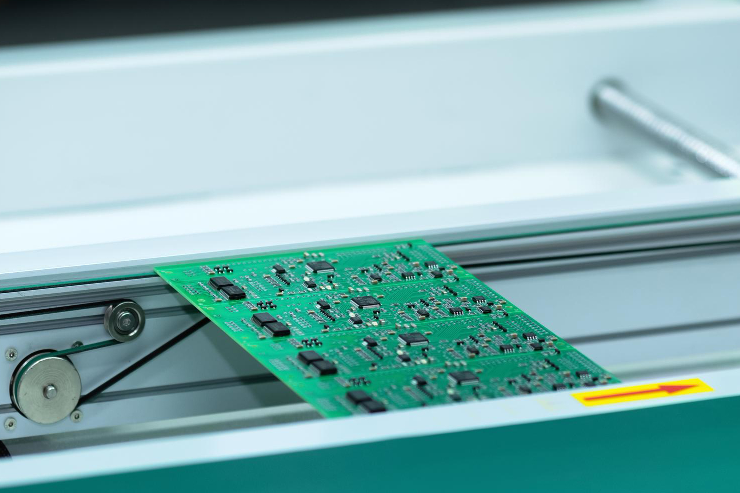Post-Industrial vs. Post-Consumer Recycled Plastics: What’s the Difference?
- josh61940
- May 30
- 3 min read
Understanding recycled polymers and their role in sustainable manufacturing

Sustainability continues to be a top priority in manufacturing - and plastic production is no exception. As companies and consumers alike seek more eco-conscious solutions, recycled plastics are playing an increasingly important role in reducing waste and conserving resources.
At Amey Plastics, we often work with clients looking to reduce their environmental impact by incorporating recycled polymers into their products. But not all recycled plastics are created equal. In fact, there are two main types: post-industrial and post-consumer recycled plastics. Understanding the difference is key to making informed decisions about materials, applications and sustainability goals.
What Is Post-Industrial Recycled Plastic?
Post-industrial recycled plastic (PIR) comes from manufacturing waste—off-cuts, scrap material or unused components that never reached consumers. These materials are typically clean, consistent and traceable.
Key Features of PIR:
High quality and consistency due to limited contamination
Easier to process than post-consumer plastics
Often comes directly from injection moulding or extrusion waste
Typically used in industrial, automotive and consumer products
Because PIR hasn’t been used by the end consumer, it hasn’t been exposed to external elements like food, dirt or mixed recycling streams. This means it can often be reprocessed with minimal additional treatment—making it ideal for manufacturers looking for sustainable yet predictable materials.
What Is Post-Consumer Recycled Plastic?
Post-consumer recycled plastic (PCR) is made from plastic products that have been used and disposed of by consumers. This includes items like water bottles, food containers, packaging films and household plastics.
Key Features of PCR:
Comes from household or commercial waste streams
May require sorting, cleaning and reprocessing before reuse
Can be more variable in colour, quality and mechanical properties
Frequently used in packaging, non-critical consumer goods and textiles
PCR is important because it helps divert plastic waste from landfill or incineration. However, its variability can make it less suitable for high-performance applications without careful quality control.
How Are They Used in Modern Manufacturing?
Both PIR and PCR offer unique advantages, depending on the product requirements and sustainability goals of your project.
Post-Industrial Recycled Plastics Are Ideal When:
Product consistency and strength are key
A cleaner, more uniform feedstock is needed
You’re looking for performance similar to virgin plastic, but with sustainability benefits
Post-Consumer Recycled Plastics Are Ideal When:
You want to minimise environmental impact and promote circularity
Slight variation in appearance or performance is acceptable
The product doesn’t require extremely tight tolerances or high structural strength
Are Recycled Plastics Right for Your Project?
Recycled plastics can absolutely match the needs of modern manufacturing—but it depends on selecting the right type, grade and application.
At Amey Plastics, we help clients explore sustainable material options without compromising quality. Whether you need advice on using PIR for a precision part or incorporating PCR into a more flexible product design, we’ll work with you to identify the best solution for your goals.
Sustainable Solutions, Engineered for Performance
Using recycled plastics is one of many steps manufacturers can take toward a more sustainable future. By understanding the differences between post-industrial and post-consumer materials, companies can make smarter choices that benefit both the environment and their bottom line.
Interested in using recycled materials in your next project?
Contact the team at Amey Plastics today to explore high-quality, sustainable options tailored to your production needs. Call us 01730 266 525 or email sales@ameyplasticsltd.co.uk.






Comments